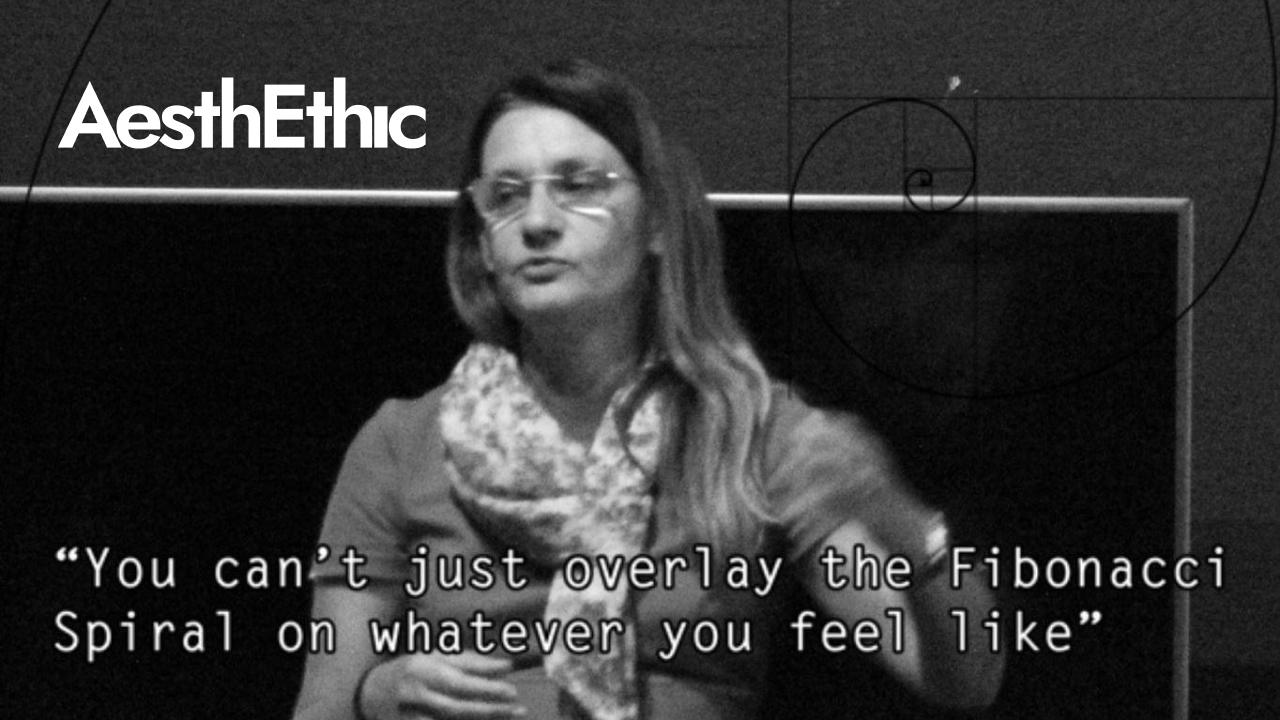April 14, 2023, 2:15 p.m
University of Rijeka, Faculty of Philosophy, Department of Philosophy
University Av 4, 51000, Rijeka, Room 401 / 4th floor
Organizers are Tomislav Brajnović and Ingeborg Fülepp. poster design by Marko Mrvoš. The project is supported bu the University of Rijeka Funds.
Lecture "What can we know about objects in post-digital photography?"
within the course Aesthetic, ethical and ontological challenges of post-digital art / AethEtic
The invention of photography improved the system of evidence in science, and led to significant changes in the understanding of the micro and macro systems of the world; from tiny particles to the universe, advanced medical diagnostics, but also enabled documentation in the social sciences and reproduction in the humanities. In the time of "post-truth" (McIntyre 2019), this system of images is also changing. Post-digital photography is defined as photography that is independently refined or completely autonomously created by a machine, i.e. artificial intelligence (Peraica 2022). It can be reduced to two types of photography; simulative, with which the machine simulates another type of reality for a person (photo-realistic virtual reality), operational, which the machine creates only for itself (for example, automatic recordings in monitoring systems, as a product of the work of digital neural networks).
Examples of the former are simulators used in military exercises, as well as popular navigation systems such as the Google system (Peraica 2018, 2020, 2023). This complex system, which in the amount of detail exceeds reality itself, has led to new photographic genres, in which the photographer reproduces images from satellites, either to create an image of an artificial landscape, or to find a fault in it. With this new genre, the photographer is not immersed in the concrete but the virtual reality of a satellite simulation. The second type is automatic photomontages, as products of digital neural networks that create a non-indexical photographic image, as a result of a large number of images that the machine exchanges with itself (Peraica 2021, 2022, 2023). Such "photographs" are often used to generate images of objects that never existed.
Both facts; that there are photographs that are created by a machine and that no one will ever see, and that there are photographs that do not represent existing objects or subjects, demolish in science the assumed epistemological and ontological value of the photographic image, as the image that the photographer initially creates in order to record the world around him, and for which the photographer is the original verifier. This lecture analyzes the post-digital image in the context of the ontology of the photographic image as images "through" (Walton 1984; Martin 1986), i.e. as images that possibly create new objects, which object-oriented ontologies call "photofictions" (Laruelle 2022). .
dr. sc. Ana Peraica graduated in art history and philosophy at the Faculty of Philosophy of the University of Zagreb. She completed her art theory studies at the Jan Van Eyck Akademie in Maastricht in 2001 and enrolled in doctoral studies at the Amsterdam School of Cultural Analysis, Theory and Interpretation of the University of Amsterdam. In 2010, she defended her doctoral dissertation at the inter-university study program Philosophy and Modernity at the University of Rijeka. She is the author of several books: The Age of Total Images (Institute of Network Cultures, Amsterdam, 2019), Photography as Evidence (Multimedia Institute, Zagreb, 2018), Culture of the Selfie (Institute of Network Cultures, 2017). Her chapters are included in anthologies published by MIT Press, Routledge, Palgrave Macmillan, Springer, Blackwell, Bloomsbury, Intellect books, and in encyclopedias published by Sage, and her scientific articles are published by the magazines Leonardo, Afterimage, Photographies, Philosophy of Photography, Art Documentation and others. He is a book reviewer for MIT Press's Leonardo Reviews. In addition to scientific articles, she has published series of articles for the journals Springerin, Membrana and others. She is a visiting professor at the Danube University in Austria, and recently she was a visiting member of the department of the Central European University CEU in Budapest.
She has curated a number of online and offline exhibitions based on research projects, such as #whataboutyourselfie, Victims Symptom, Hardware-software-nowhere, Machine_philosopher, and offline exhibitions of media art as Women at the Crossroads of Ideologies, as well as retrospective jubilee events such as the 46th Zagreb Salon - Manuscripts of the New era.
web: www.anaperaica.info
Arteca: http://arteca.mit.edu/author/ana-peraica
Monoskop: https://monoskop.org/Ana_Peraica
